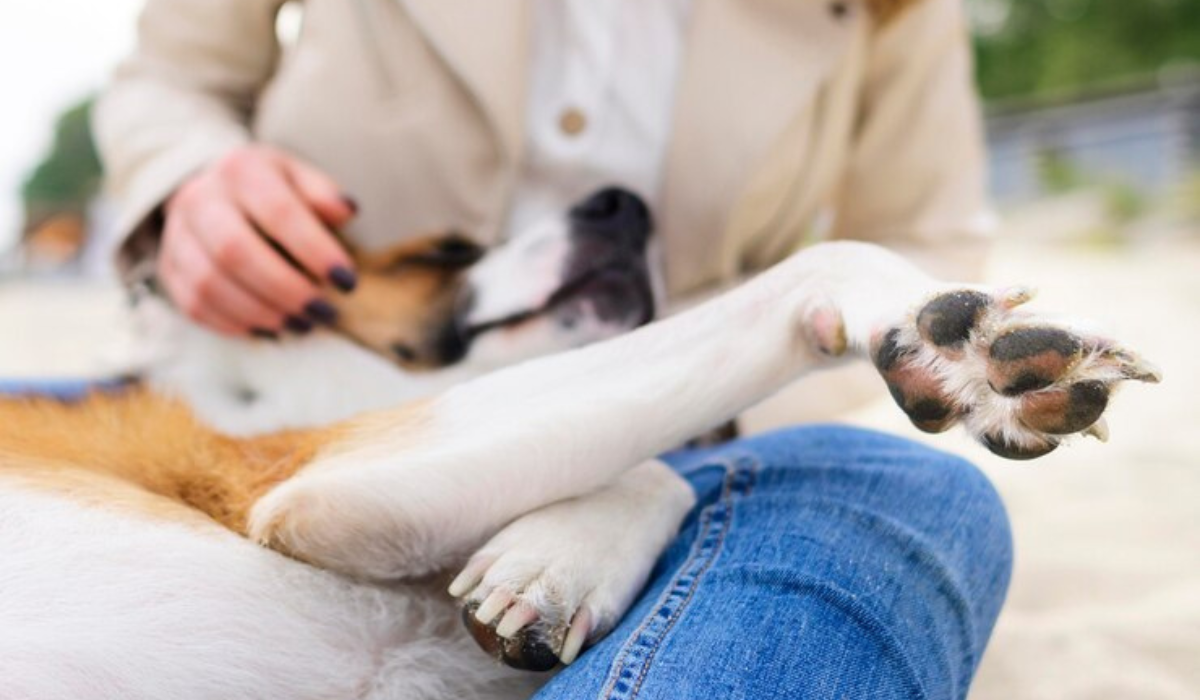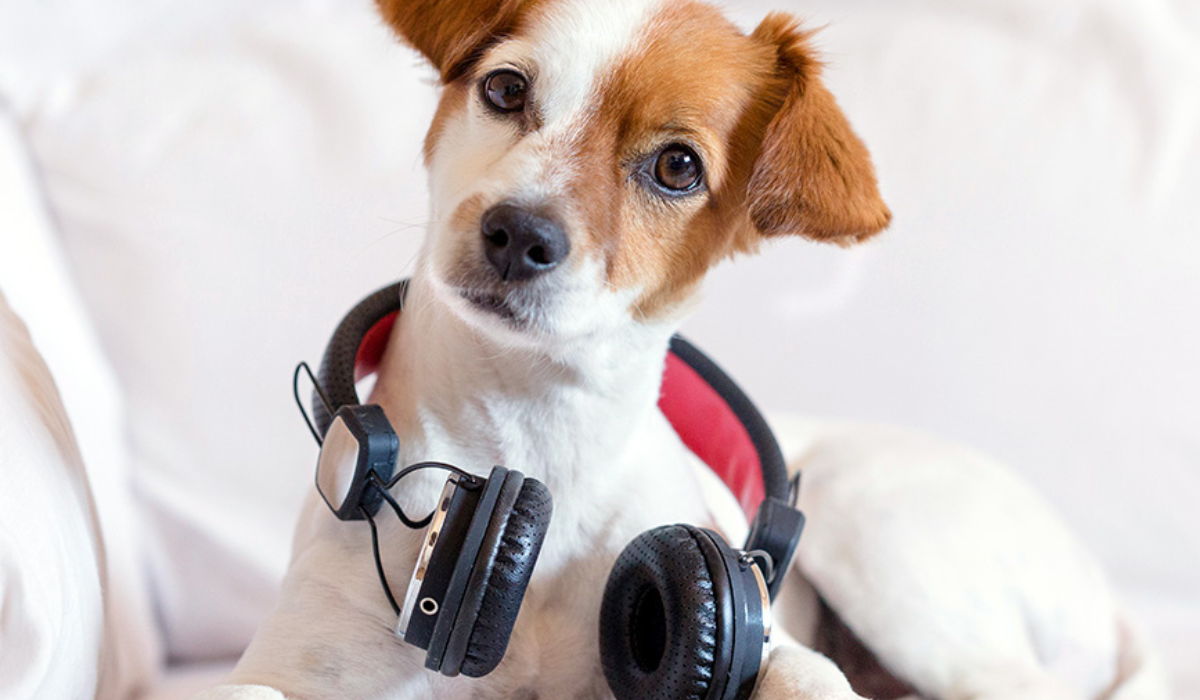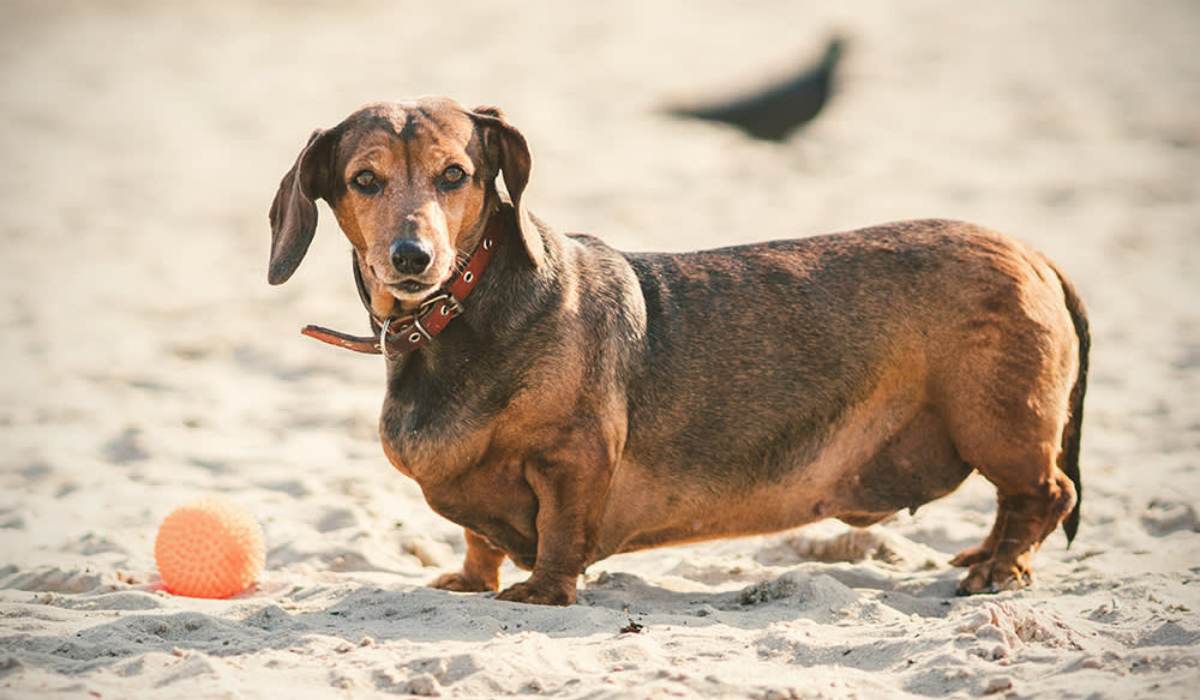Your furry companion may have been able to penetrate your soul with its deep, soul-penetrating gaze if you’re a proud dog owner. Through their expressive eyes, dogs are able to communicate without uttering a single bark. “Why does my dog stare at me?” is an age-old question that this article aims to answer.
1. A Dog Communicates:
-
Communication between dogs is facilitated by eye contact.
-
In addition to their interest in human actions, they are naturally inclined to form strong attachments to their owners.
-
By watching their owners, dogs gather information about activities, which fosters a sense of anticipation for events like walks.
-
Attempting to understand:
-
When dogs watch their owners, they may be able to better understand their actions.
-
Dogs are fascinated by human behavior because of their special bond with humans.
-
As dogs learn to respond to specific hand signals or voice commands, staring becomes a way for them to get information about activities.
3. Communicating Desires:
-
When communicating their needs and wants, dogs use eye contact.
-
When dogs are hoping for tasty treats, they often stare intently.
-
It is imperative to manage such behavior through consistent training to avoid reinforcing the behavior.
4. Illness or discomfort signals:
-
Pleading stares may indicate that a dog feels hurt or unwell.
-
It might be a sign that a dog is in discomfort if it is less active or has a glassy eye or an unfocused stare.
-
Pet owners should carefully observe their dog’s behavior and consult a veterinarian if they notice any signs of injury or illness.
5. Communication between dogs that demonstrates aggression:
-
It is considered aggression in the canine world to maintain prolonged eye contact.
-
An appeasement gesture is often used by friendly dogs to avoid prolonged eye contact.
-
When aggressive staring is directed toward family members, it is necessary to seek professional guidance.
6. Affectionally expressing yourself:
-
It is not uncommon for dogs to gaze at their owners with a look of love, similar to “heart eyes” in humans.
-
A slightly squinted expression and relaxed posture indicate a loving gaze.
-
It is believed that mutual staring releases oxytocin, resulting in a profound sense of well-being and love between dogs and their owners.
7. Identifying Your Dog’s Stares:
-
When deciphering why a dog stares, context and body language are crucial.
-
An additional clue can be found by observing the owner’s actions and noting the dog’s reaction.
-
Dogs stare at owners to indicate their importance to them and a desire to be involved in their activities.
In conclusion:
An expression of love, a request for attention or needs, and a signal of discomfort or aggression are all included in the canine stare. By observing these silent cues, dog owners can better understand their furry companions and strengthen their bond. Remember next time your dog stares at you that it’s their way of communicating love, connection, and unspoken understanding.









